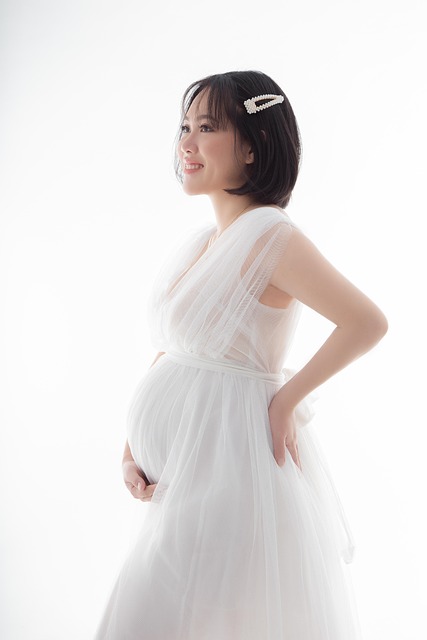Dealing with lice can be challenging, especially during pregnancy. Lice are tiny insects that feed on blood from the scalp and are typically spread through direct contact. While they can be bothersome, it’s worth noting that they do not transmit any viral or bacterial diseases.
Commonly found in children, lice can spread through shared items like hats, brushes, and towels. The symptoms include itching on the scalp, visible lice, and nits (lice eggs) attached to hair strands. These pests can be hard to spot due to their small size and quick movement, and if it’s your first encounter, it may take 2 to 6 weeks before you notice any itching.
Natural Approaches to Treating Lice During Pregnancy
One effective natural treatment involves using a fine-toothed comb to comb through wet, conditioned hair. Make sure your hair is well-moistened and coated with conditioner, then comb through from the scalp to the ends, ensuring you cover the entire head at least twice per session. After each pass, check for lice and rinse the comb. Repeat this process every three days for several weeks, and continue for two weeks after you no longer see any lice.
Essential oils can also be beneficial. Consider using tea tree oil, lavender oil, neem oil, clove oil, or eucalyptus oil. Keep in mind that these oils do not have the same safety and efficacy regulations as FDA-approved medications. Prior to application, test a small drop on the back of your hand to check for any allergic reactions.
To utilize essential oils, mix 15-20 drops with two ounces of olive oil. Apply this mixture to your scalp and hair, leaving it in overnight for at least 12 hours. In the morning, comb through, shampoo, and rinse, repeating if necessary.
Household items like olive oil, butter, or mayonnaise can also suffocate lice. Simply apply one of these products to your hair and scalp, cover with a shower cap, and let it sit overnight.
After treating your hair, it’s wise to clean any personal items that may have come into contact with lice. Although lice cannot survive for more than a day without a human host, washing clothing, bedding, and stuffed animals in hot water can help. Also, clean hair tools like brushes and combs in hot water, vacuum floors and upholstered furniture, and seal non-washable items in a plastic bag for two weeks.
When Natural Remedies Don’t Work
If natural treatments don’t yield results, over-the-counter medications like lotions or sprays may be needed. Only use these if you see live lice. Avoid shampoos and rinse creams as they are often ineffective. A pregnancy-safe option is a 4% dimethicone lotion. Always read product labels for warnings regarding pregnancy and breastfeeding. If in doubt, consult your doctor or pharmacist.
When using any lotion or spray, follow the instructions carefully. Ensure the product covers the scalp and hair thoroughly and leave it on for the recommended time. After three to five days, check for any hatching eggs. You may need to repeat the treatment after 10-12 days, as no treatment can eliminate all lice eggs in one go.
If problems persist despite using over-the-counter treatments, a visit to your doctor may be necessary. They can prescribe medications like benzyl alcohol (Ulesfia) or malathion (Ovide), both considered safe during pregnancy but not while breastfeeding. Be sure to inform your doctor of your pregnancy to receive the appropriate prescriptions.
In conclusion, managing lice during pregnancy can be tackled with natural remedies first, and if necessary, resorting to safe over-the-counter or prescription medications. For more tips on home treatments and experiences, check out resources like Modern Family Blog, and learn about home insemination options at Make a Mom, which also offers an innovative reusable option. You can explore how at-home insemination works through this guide and find support for your pregnancy journey at Hopkins Medicine.
